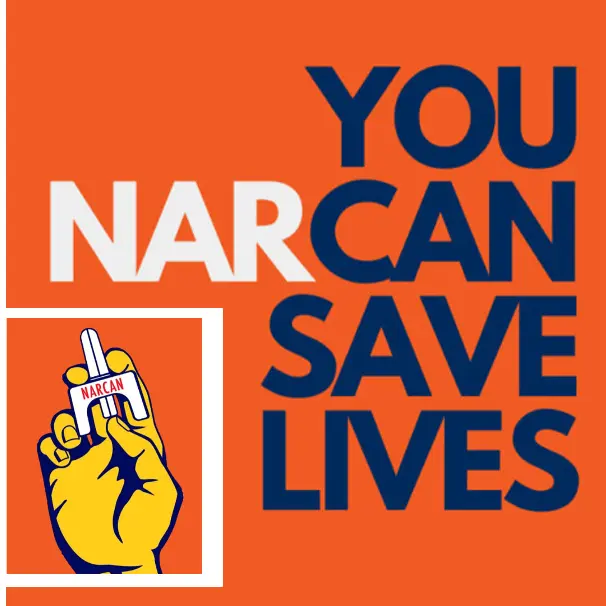 In Anchorage, Alaska, second-year medical student Abigail Crawford is helping lead an initiative that’s saving lives and reshaping the way people think about opioid overdose. As co-lead of the Narcan Education & Distribution Project at the Anchorage WWAMI site, Crawford works alongside fellow student volunteers to provide free community training and resources focused on opioid overdose response.
In Anchorage, Alaska, second-year medical student Abigail Crawford is helping lead an initiative that’s saving lives and reshaping the way people think about opioid overdose. As co-lead of the Narcan Education & Distribution Project at the Anchorage WWAMI site, Crawford works alongside fellow student volunteers to provide free community training and resources focused on opioid overdose response.
The project is part of Project HOPE, a statewide initiative under the Alaska Department of Health that distributes free Naloxone and promotes harm reduction strategies. Each month, Crawford and her team host outreach events—often in a public library located in an underserved neighborhood. The goal is simple: equip people with the knowledge and tools to respond effectively in an overdose situation. “We educate community members on how to recognize the signs of an opioid overdose, how to respond effectively, and how to safely administer Naloxone,” Crawford explains. After each session, participants are given free Naloxone kits so they’re prepared to act in an emergency.

What sets the project apart is its hands-on, compassionate approach. Volunteers work to make the experience accessible and approachable. “They help make the training feel welcoming and easy to understand,” says Crawford. “They assist with teaching, walk participants through how to use Naloxone, answer questions, and help distribute the kits.”
Crawford has seen firsthand the impact these sessions have. “Many people come in unsure or anxious, but leave feeling confident in their ability to save a life,” she says. “The stigma around opioidoverdose often leads to hesitation, and our education efforts help break down that barrier.”
For Crawford, the work is deeply personal and profoundly meaningful. “The most meaningful part of this work has been the ability to directly connect with my community and offer something truly lifesaving,” she says. “The project is not just about distributing a medication, it’s about building trust, breaking down stigma, and helping people feel empowered rather than helpless in the face of a public health crisis.”
She describes the experience as transformative—not only for the community, but for herself and other student volunteers. “It has been a powerful reminder of why we’re in healthcare—to serve and support our communities.”
The project also underscores a broader public health truth: opioid overdose can affect anyone. “Regardless of age, background, or income,” Crawford says, “there’s still a lot of stigma around addiction and overdose, which can prevent people from seeking help or carrying Narcan. This project is meant for anyone who might one day witness an overdose and wants to be prepared to help.”
Crawford emphasizes the importance of expanding harm reduction programs like Project HOPE: “Expanding programs like this could be transformative for communities across the country.” In a time when the opioid crisis continues to devastate families and communities, efforts like the Narcan Education & Distribution Project offer not only a practical response—but also a message of compassion, empowerment, and hope.
